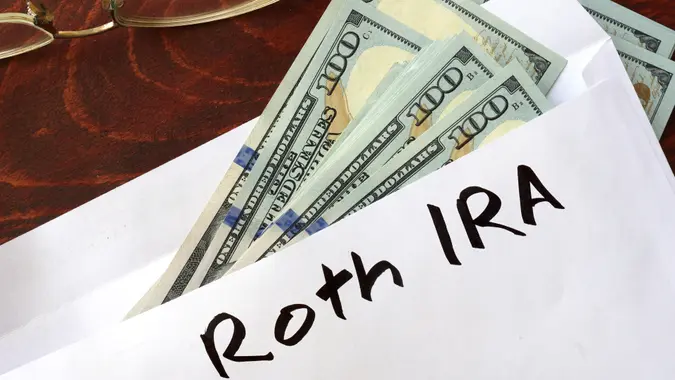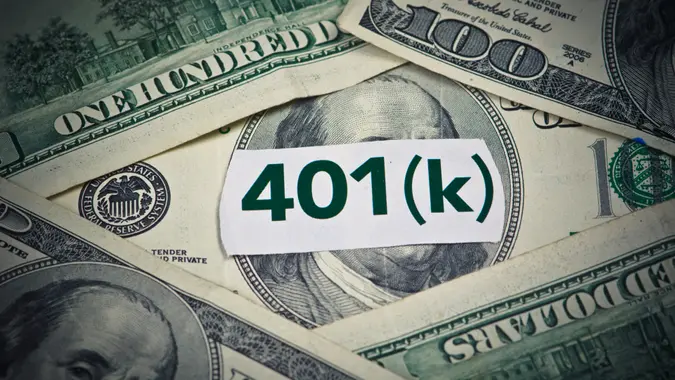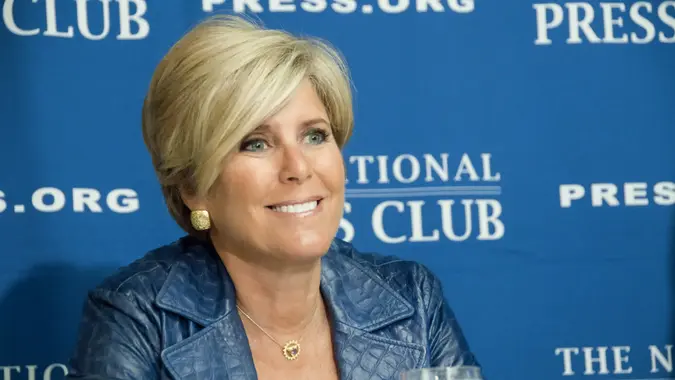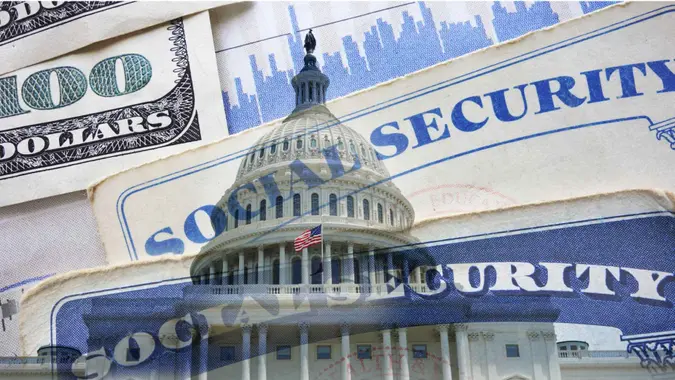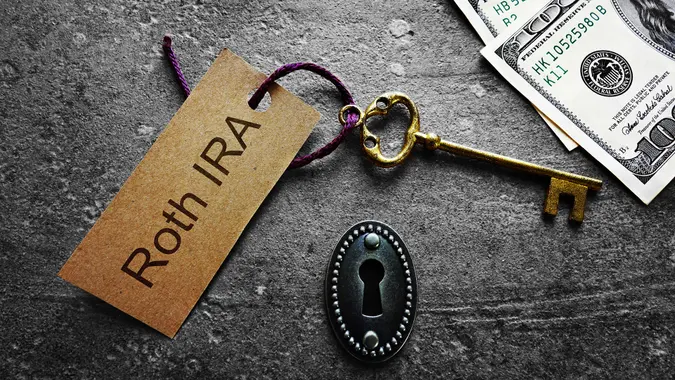How Much Would Every American Get if $1.7 Trillion in Forgotten 401(k)s Was Distributed Equally?

Commitment to Our Readers
GOBankingRates' editorial team is committed to bringing you unbiased reviews and information. We use data-driven methodologies to evaluate financial products and services - our reviews and ratings are not influenced by advertisers. You can read more about our editorial guidelines and our products and services review methodology.

20 Years
Helping You Live Richer

Reviewed
by Experts

Trusted by
Millions of Readers
The latest reports from retirement services provider Capitalize indicate there are 29 million forgotten or abandoned 401(k) accounts. Collectively, those accounts hold a whopping $1.7 trillion in “missing” assets. That’s almost the exact amount of money held by all of China’s 450 billionaires combined, according to Forbes.
Spread out among hundreds of millions of Americans, it wouldn’t amount to a whole lot of money on a per-person basis. Of course, of all that money is effectively going to waste as it is, it’s simply a fun thought experiment to see how much it would enrich the rest of the country.
How Much Money Is That per American?
The current population of the United States is roughly 342 million, according to the U.S. Census Bureau. Distributing the $1.7 trillion in “lost” 401(k) accounts across America would leave about $4,892 in the hands of every man, woman and child. While few people would refuse a gift of nearly $5,000, it doesn’t move the needle much in terms of building long-term wealth. The fact that the immense sum of $1.7 trillion gets diluted to just a few thousand dollars per capita shows just how big the American population is.
Who Would Leave Money in a 401(k) Anyway?
It might seem unusual that there is any money in “forgotten” 401(k) plans, let alone the enormous sum of $1.7 trillion. However, there are some rational explanations as to how this could happen.
First, many Americans change jobs frequently. According to data from the Bureau of Labor Statistics, those born between 1957 and 1964 held an average of 12.9 jobs between the ages of 18 and 58. That’s a lot of potential 401(k) plans to keep track of.
Another obstacle is the fact that not all employers offer a 401(k) plan. Even if you intended to roll over your 401(k) plan from job to job (as most workers do), sometimes that isn’t an option. If you’re in the position where your new employer doesn’t offer a 401(k) plan, you might end up leaving your account with your former employer — something you may ultimately forget.
The size of the forgotten 401(k) accounts is another factor. If you’re leaving behind a very small account, you’re more likely to forget about it over time, or perhaps think that the paperwork involved isn’t worth the hassle. Remember, if the $1.7 trillion in forgotten 401(k) assets were to be distributed equally to all Americans, that would leave just $4,892 in each person’s hands. That means, on average, the amounts left behind in each plan are likely just a few thousand dollars, or perhaps even less. For those with other retirement accounts worth tens or hundreds of thousands of dollars, worrying about a small account can seem burdensome. Certainly, this is counterintuitive to many, especially those who track every last dollar of their savings. But it’s a reality that some people do think that way.
How To Check if Any of It Is Yours?
If you still have records — or a good memory — start by contacting your former 401(k) plan administrator. Your name and Social Security might be all they need to track down an old account and give you options as to what you can do with it. Account numbers and old statements can also be helpful.
Another great option is to visit the relatively new Retirement Savings Lost and Found Database created by the U.S. Department of Labor in 2024. Although it has some limitations, it can be a great way to track down 401(k) plans that you formerly participated in. You’ll need a valid Login.gov account to access the database. If you don’t have one, you’ll need the following information to sign up:
- Legal first and last name
- Date of birth
- Social Security number
- A mobile device
- Front and back photo of an active driver’s license
With your Login.gov ID, you can verify if any of your information is in the lost and found database. If it is, it’s then up to you to contact the relevant plan administrator(s) and follow up on the information.
 Written by
Written by  Edited by
Edited by 





